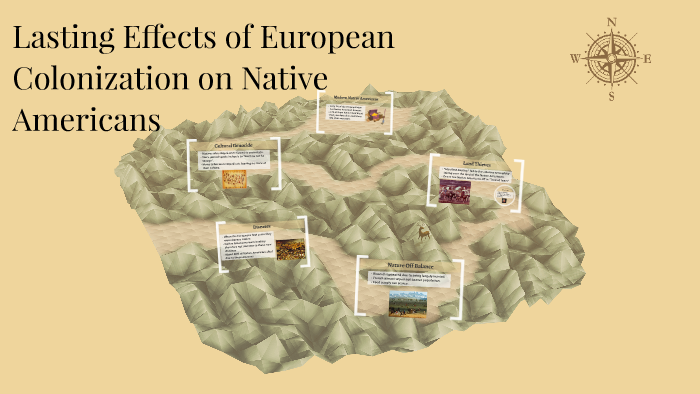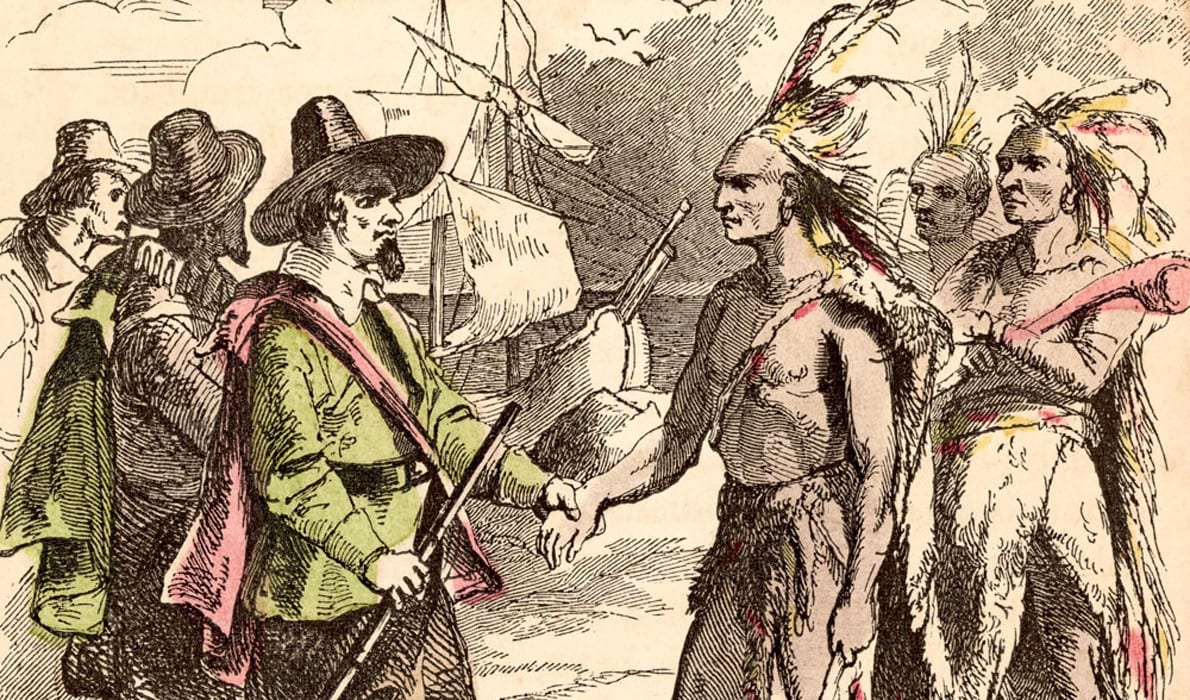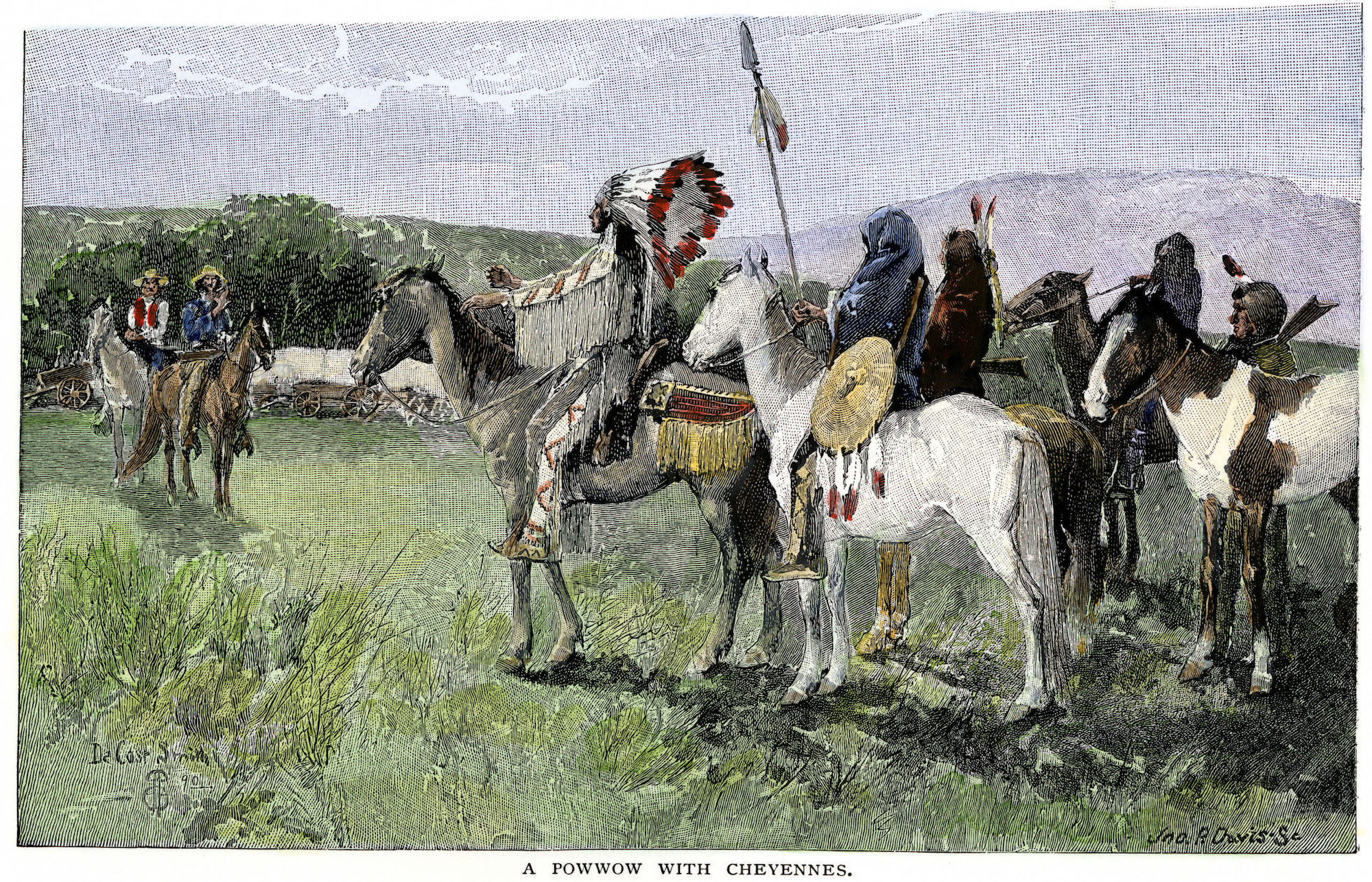
The Enduring Scar: Colonization’s Profound Impact on Navajo Culture
The story of the Navajo, or Diné as they call themselves, is one of immense resilience against unrelenting pressures. For centuries, the Diné have navigated a complex tapestry of adaptation and resistance, their culture profoundly reshaped and challenged by successive waves of colonization. From Spanish conquistadors to American expansionists, the impact has been systemic, touching every facet of life: land, language, spirituality, governance, and identity. This is not merely a historical account but an ongoing narrative of trauma, survival, and the persistent struggle to reclaim and revitalize a vibrant heritage.
The initial tremors of colonization arrived with the Spanish in the 17th century. While direct control over the Diné was limited, the introduction of horses and sheep revolutionized their economy and mobility, simultaneously bringing new diseases and fostering a cycle of conflict and trade that destabilized regional dynamics. The Spanish efforts to impose Catholicism and extract labor were largely met with resistance, but the seeds of external interference had been sown. When Mexico gained independence, the pressures intensified, with Mexican slaving raids contributing to a period of heightened insecurity for the Diné, further fragmenting communities and fostering a deep-seated distrust of outsiders.
However, the most devastating period of colonization began with the arrival of the Americans in the mid-19th century. Driven by Manifest Destiny and a desire for land and resources, the U.S. government initiated a series of brutal campaigns against Indigenous nations. For the Diné, this culminated in the infamous "Long Walk" (Hwéeldi) of 1864. Under the command of Colonel Kit Carson, U.S. forces systematically destroyed Diné crops, homes, and livestock, forcing thousands to march hundreds of miles to a desolate internment camp at Bosque Redondo, Fort Sumner, in eastern New Mexico. This forced removal, a deliberate act of cultural genocide, resulted in thousands of deaths from starvation, disease, and exposure. The Long Walk remains the central historical trauma for the Diné, a collective wound that deeply informs their understanding of government, land, and survival. The treaty signed in 1868, allowing the Diné to return to a fraction of their ancestral lands, marked the birth of the Navajo Nation Reservation, but also the beginning of an era of imposed dependency and external control.
The post-Long Walk period saw the U.S. government implement aggressive assimilation policies designed to "kill the Indian and save the man." Central to this strategy were the notorious Indian boarding schools. Diné children were forcibly removed from their families, forbidden to speak their native language (Diné Bizaad), practice their spiritual traditions, or wear their traditional clothing. Their hair was cut, their names changed, and they were subjected to harsh discipline and manual labor, often enduring physical, emotional, and sexual abuse. The intergenerational trauma from these schools is immense, contributing to a loss of language proficiency, erosion of traditional parenting practices, and deep psychological scars that persist today. While the intention was to eradicate Diné culture, the schools inadvertently fostered a shared experience of oppression that, for many, fueled a fierce determination to preserve their identity.
The impact on Diné language, Diné Bizaad, has been particularly profound. Once the primary vehicle for transmitting knowledge, history, and spiritual understanding, its use declined dramatically due to boarding school policies and the pervasive influence of English in media, education, and commerce. Today, despite revitalization efforts, fewer younger Diné are fluent speakers, posing a critical threat to the continuity of oral traditions and cultural identity. The unique complexity of Diné Bizaad, famously utilized by the Navajo Code Talkers in World War II to create an unbreakable code, stands as a testament to its linguistic power, yet its survival remains precarious.

Land, the very foundation of Diné identity and sustenance, was systematically diminished and exploited. The reservation, while a homeland, was a fraction of their aboriginal territory. Furthermore, the land within the reservation itself became a target for resource extraction. The mid-20th century saw extensive uranium mining on Diné lands, leading to devastating environmental contamination and a high incidence of cancer and other health issues among miners and nearby communities. Coal, oil, and gas extraction followed, bringing revenue but also further environmental degradation, water depletion, and social disruption, often with limited benefit flowing directly to the affected communities. This pattern of resource colonialism continues to pit economic development against cultural preservation and environmental health.
Traditional Diné spiritual practices, rooted in the concept of Hózhó (harmony, balance, beauty), also faced severe suppression. Ceremonies like the Blessingway and Enemyway, intricate rituals designed to restore balance and well-being, were often outlawed or forced underground. Christian missionaries, operating with government support, actively sought to convert the Diné, portraying traditional beliefs as pagan or primitive. While many Diné adopted Christianity, often integrating it with existing spiritual frameworks, the pressure created internal divisions and contributed to the erosion of traditional knowledge keepers. Yet, the resilience of Diné spirituality is undeniable, with many ceremonies still practiced today, often in secret or in adapted forms, demonstrating an enduring connection to ancestral ways.
The imposition of Western governance structures further disrupted traditional Diné social organization. Historically, the Diné operated through a decentralized clan system, with leadership emerging through consensus and respect for elders and knowledge keepers. The U.S. government, seeking a single point of contact for treaties and administration, imposed a centralized tribal council system. While the Navajo Nation Council has evolved into a powerful self-governing body, it has at times struggled to fully reconcile Western democratic principles with traditional Diné values and decision-making processes, leading to internal political complexities and questions of representation. The matrilineal clan system, where identity and property traditionally passed through the mother, was also challenged by Western patriarchal norms.
Economically, colonization forced the Diné from a self-sufficient, pastoral existence into a wage economy. With limited job opportunities on the reservation, many were compelled to leave their homelands for urban centers, further weakening community ties. The lack of infrastructure, including access to clean water, electricity, and broadband internet, persists across vast areas of the reservation, exacerbating poverty and hindering economic development. This economic disparity is a direct legacy of a colonial system that extracted resources without adequately investing in the communities from which they were taken.
Despite these profound impacts, the Diné have demonstrated remarkable resilience. Their ability to adapt, to absorb new ideas while fiercely retaining core cultural values, is a testament to their strength. Language revitalization programs are gaining momentum, elders are being honored as vital knowledge keepers, and traditional ceremonies are experiencing a resurgence. The Navajo Nation has emerged as a powerful political entity, advocating for tribal sovereignty, protecting its land and resources, and asserting its right to self-determination on the global stage. The spirit of Hózhó, the pursuit of balance and harmony, continues to guide the Diné, reminding them of their inherent connection to land, community, and the enduring power of their unique identity.
In conclusion, the impact of colonization on Navajo culture is a multi-layered narrative of loss, adaptation, and unwavering perseverance. The Long Walk, boarding schools, resource exploitation, and the suppression of language and spirituality left indelible scars. Yet, the Diné continue to stand, a vibrant people actively engaged in reclaiming and revitalizing their ancestral ways, demonstrating that while colonization sought to erase, it ultimately failed to extinguish the spirit of the Diné. Their ongoing journey is a powerful reminder of the enduring strength of Indigenous cultures in the face of historical injustice and the persistent pursuit of self-determination.



